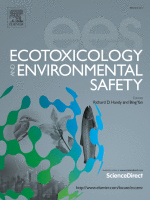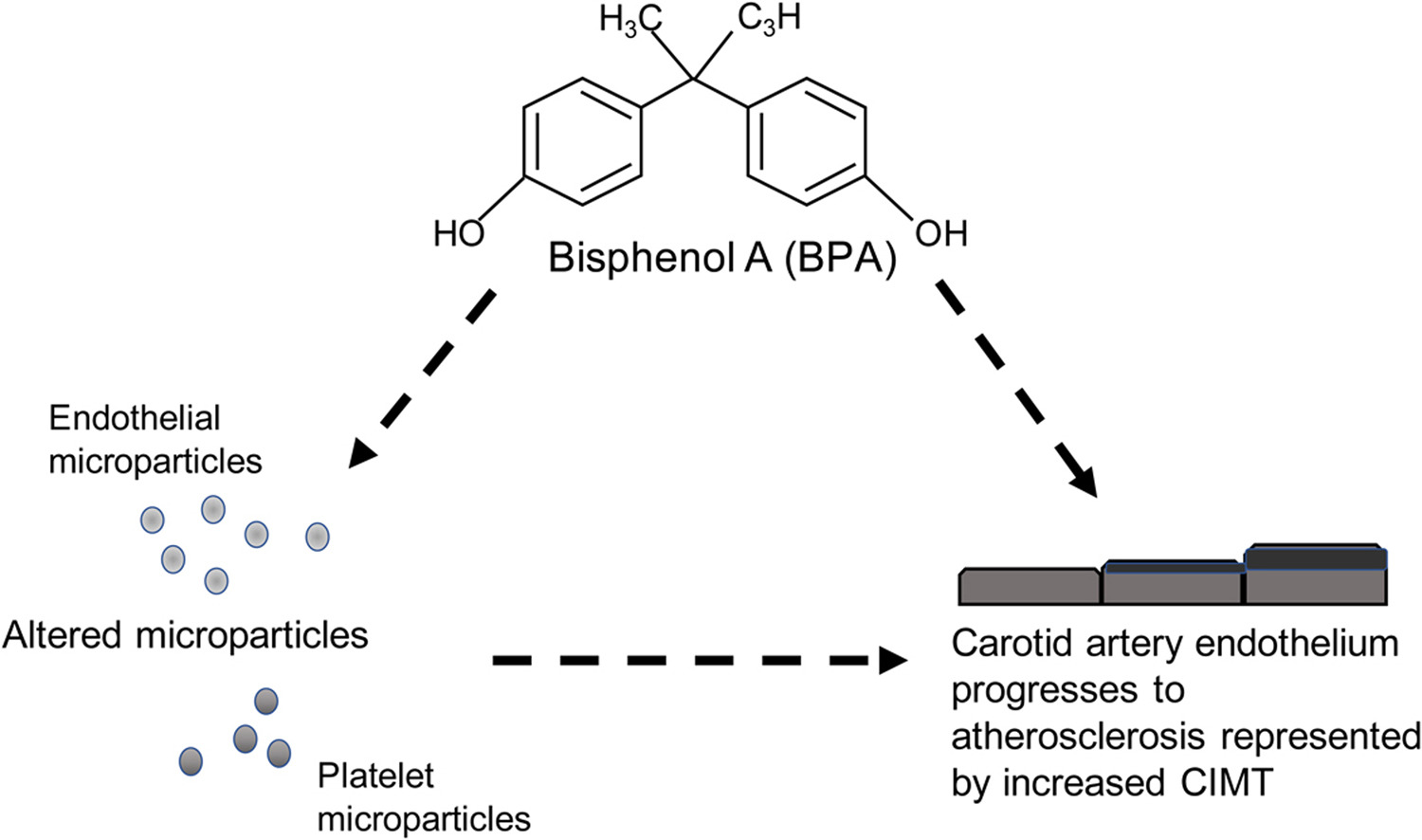Featured Scientist

Pei-Lun Chu
Pei-Lun Chu
School of Medicine, College of Medicine, Fu Jen Catholic University,
New Taipei 242, Taiwan
Article published in
"Ecotoxicology and Environmental Safety" 224, November 2021, 112663
Apoptotic microparticles mediate the association between bisphenol A and subclinical atherosclerosis in a young population: A population-based study
Bisphenol A (BPA) exposure is associated with atherosclerotic cardiovascular diseases. The interactions between BPA, extracellular microparticles (MPs), and atherosclerosis are unknown. A total of 103,756 young students participated in the mass urine-screening program in Taiwan between 1992 and 2000 were analyzed. After exclusion, 886 subjects were recruited to test the relationships between serum level of BPA, endothelial and platelet MPs as well as subclinical atherosclerosis represented by carotid artery intima-media thickness (CIMT). We found that an increment of one unit of log-BPA could lead to significant association between thicker CIMT and concentrations of endothelial microparticles and platelet microparticles in the cohort (odds ratio (OR) 1.23, P < 0.001). CD31 + /CD42a- (> 50%, OR 1.229, P = 0.001) and CD31 + /CD42a+ (≦ 50%, OR 1.262, P = 0.017 and > 50%, OR 1.212, P = 0.006) were significantly associated with thicker CIMT in the presence of elevated BPA. When considering the interactions between CD31 + /CD42a- and CD31 + /CD42a+ , we observed increased OR as CD31 + /CD42a- was greater than 50% (CD31 +/CD42a- > 50% and CD31 +/CD42a+ ≦ 50%, OR 1.356, P = 0.029; CD31 +/CD42a- > 50% and CD31 +/CD42a+ > 50%, OR 1.204, P = 0.014). Our study identified a higher risk of thicker CIMT associated with altered MPs in the presence of elevated BPA levels. BPA exposure is associated with endothelial dysfunction and subclinical atherosclerosis in a young population.[Link to this article...]

Keywords: Bisphenol A (BPA)Carotid artery intima-media thickness (CIMT)MicroparticleAtherosclerosis
37 views